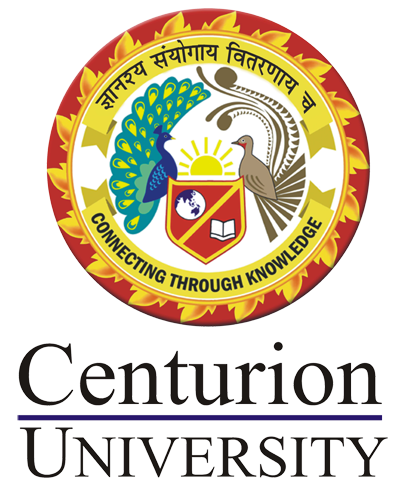Course Content
MODULE-I: Overview of Computer Networks
Theory: Introduction to network models (OSI, TCP/IP), network types (WAN, LAN, MAN), and historical networks (Novell, Arpanet).
Practice:
1.1 Analyze bus versus star-switch topologies concerning collision rates for a fixed number of nodes in an Ethernet LAN.
1.2 Compare various network topologies (e.g., bus, star, ring) regarding their advantages and disadvantages.
MODULE-II: Physical Layer
Theory: Transmission modes, guided and unguided media, multiplexing techniques (FDM, WDM, TDM), circuit switching.
Practice:
2.1 Analyze the differences between unicast and broadcast transmissions for a fixed number of transmitting nodes.
2.2 Compare various transmission media types, including guided (copper, fiber) and unguided (radio, microwave).
MODULE-III: Data Link Layer
Theory: Design issues, framing, error detection and correction, protocols like CRC, Stop-and-Wait, Sliding Window, HDLC, ATM.
Practice:
3.1 Verify the Stop-and-Wait protocol through simulation.
3.2 Test error detection and correction techniques (e.g., CRC) using provided data sets.
3.3 Implement and analyze the Sliding Window protocol to handle multiple data frames.
3.4 Simulate data link layer operations using HDLC and ATM protocols.
3.5 Compare the performance of different data link layer protocols.
MODULE-IV: Point-to-Point Access
Theory: PPP, multiple access protocols (Random Access, Controlled Access, Channelization), Ethernet, IEEE 802.11, Bluetooth, virtual circuits.
Practice:
4.1 Compare CSMA/CD and CSMA/CA protocols for a fixed number of transmitting nodes.
4.2 Verify the Selective Repeat protocol and analyze its efficiency.
4.3 Simulate distance vector and link state routing algorithms and evaluate their performance.
4.4 Test the Stop-and-Wait protocol and analyze its effectiveness in a controlled environment.
4.5 Implement and evaluate various multiple access protocols and their impact on network performance.
MODULE-V: Network Layer
Theory: Addressing, ARP, IPv4, ICMP, IPv6, ICMPv6, broadcast, multicast, congestion control algorithms, internetworking.
Practice:
5.1 Verify the Stop-and-Wait protocol and assess its functionality in different network scenarios.
5.2 Implement and test network layer protocols like ARP and ICMP in simulated environments.
5.3 Analyze congestion control algorithms and their application in network traffic management.
5.4 Compare the network layer in the Internet with that in ATM networks.
5.5 Implement IPv4 and IPv6 addressing schemes and evaluate their effectiveness.
MODULE-VI: Transport Layer
Theory: Process-to-process delivery, UDP, TCP, congestion control.
Practice:
6.1 Verify the Go-Back-N protocol and analyze its performance.
6.2 Test UDP protocol functionality and compare it with TCP in terms of reliability and performance.
6.3 Analyze TCP congestion control mechanisms and their impact on network throughput.
6.4 Implement and evaluate transport layer protocols in different scenarios.
6.5 Compare UDP and TCP in terms of their use cases and performance characteristics.
MODULE-VII: Application Layer
Theory: Client-server model, DNS, SMTP, FTP, HTTP, WWW.
Practice:
1.1 Implement a simple client-server application to understand the basics of application layer protocols.
1.2 Simulate DNS queries and analyze the resolution process for domain names.
1.3 Test the functionality of SMTP and FTP protocols in sending and receiving emails and files.
1.4 Analyze HTTP and its role in web communication, including methods and status codes.
1.5 Develop a basic web application and use HTTP to interact with web servers.

